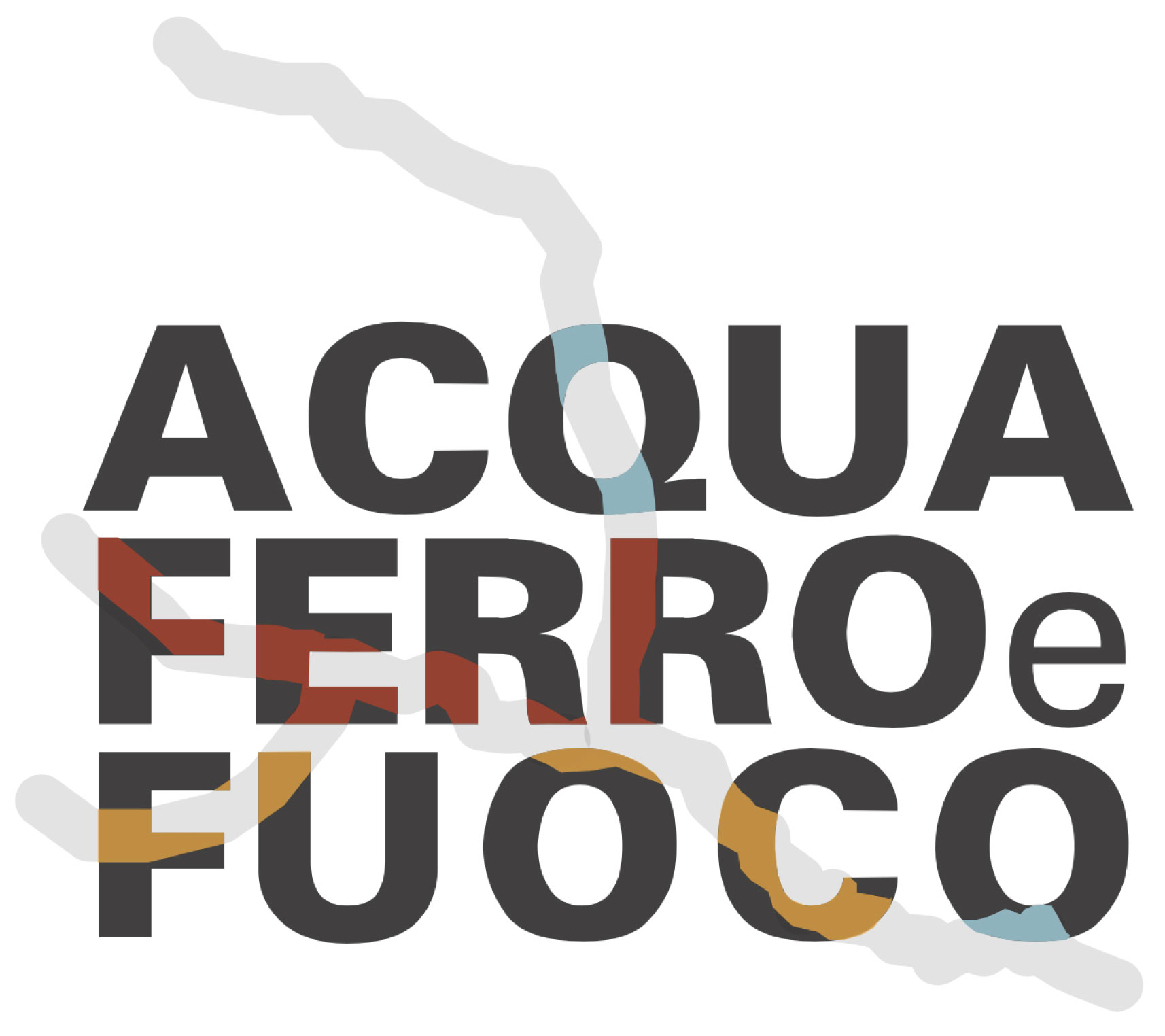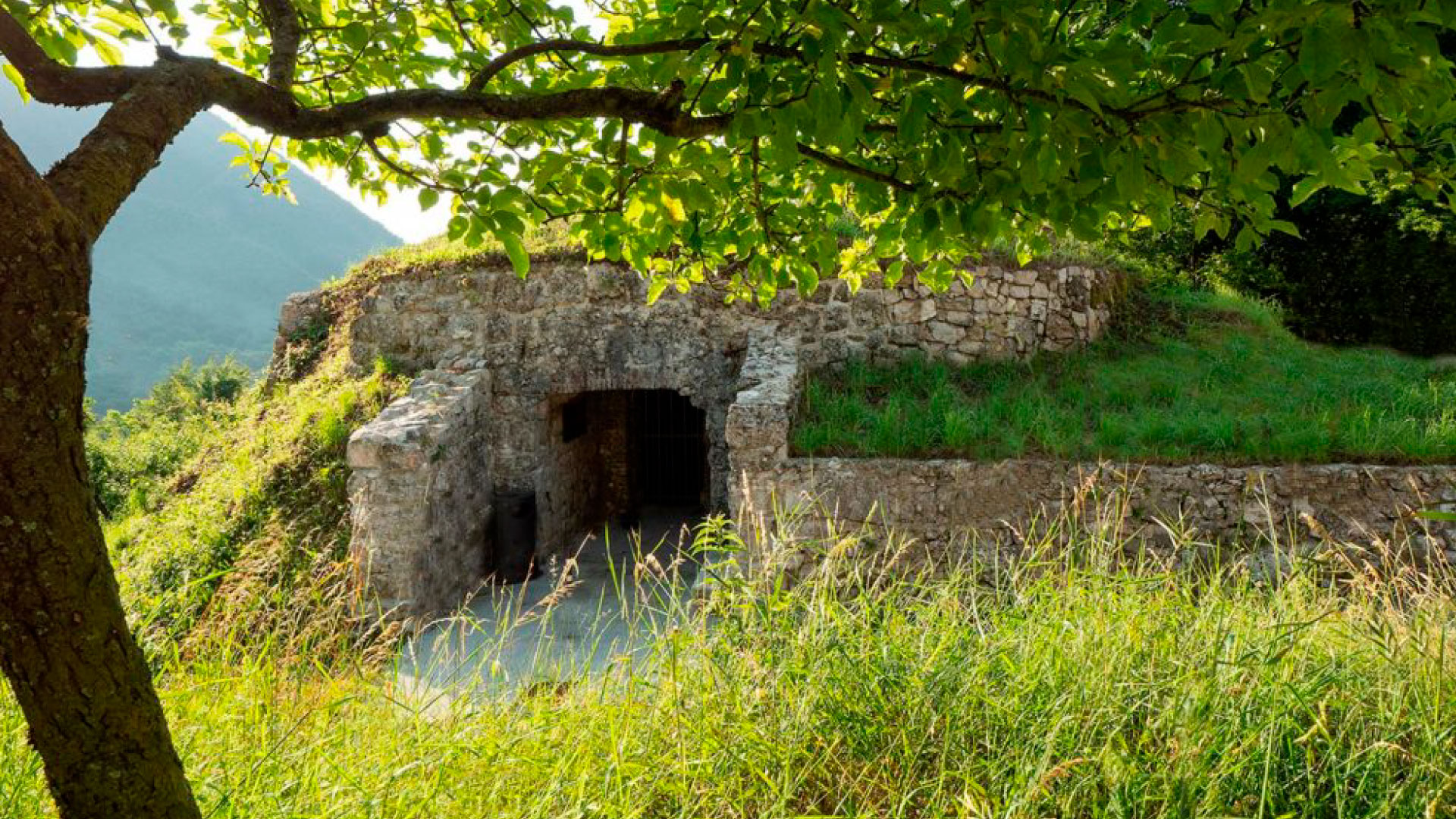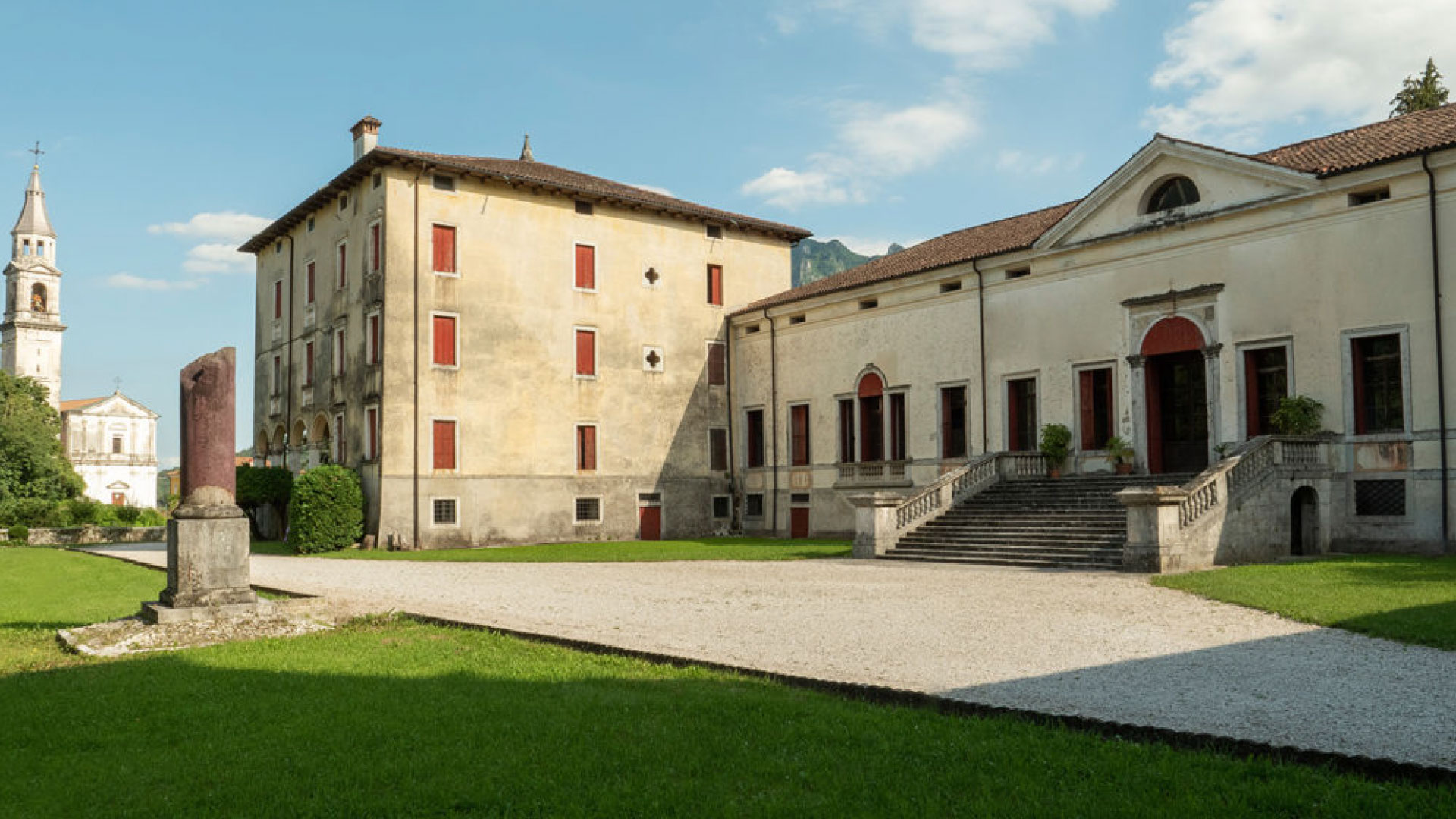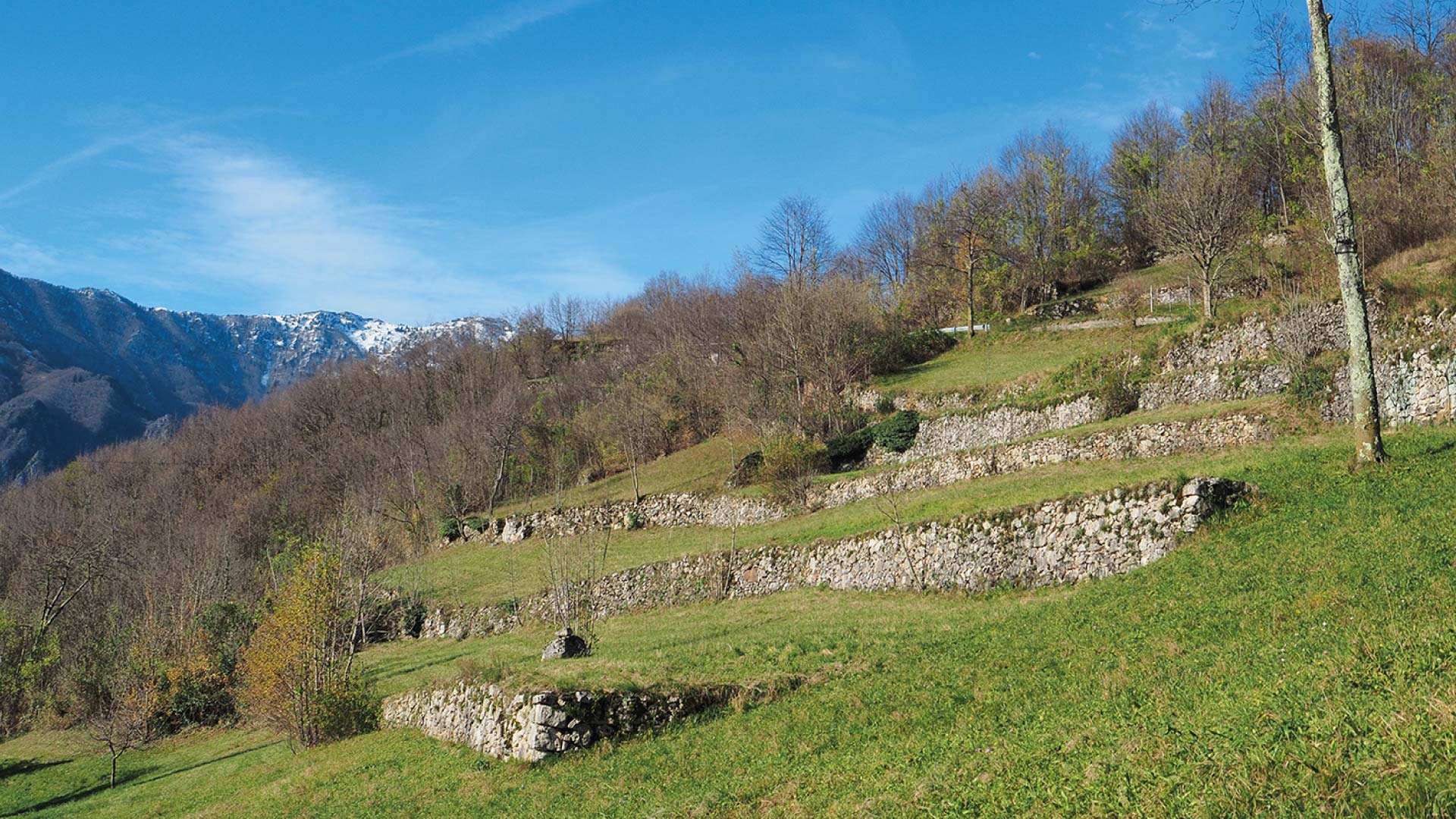The traditional crops of these valleys were buckwheat, formenton in dialect, sown in summer and harvested in October, potatoes, from the early 19th century, vines, and beans, the main types being the “Scalda” and the Spanish red bean, or fasòla. Farming was mainly subsistence, with arable land patiently and laboriously stolen from mountainsides by constructing terraces, which were used to soften slopes and make sowing possible. Before the mountain could be terraced, forests had to be cut down, roots ripped up and stones removed, a procedure known as roncare. Only once arable land had been created could farmers build a masiéra, a dry stone-wall used to shore up the vanéda, or “terrace”. Seeds were then planted a safe distance from the terrace edge so that the crop roots would not cause the wall to crumble. The terraces were almost always worked manually, including procedures such as fertilisation with manure (grassa). After heavy rain, farmers had to carry any soil that had been washed over the top of the wall into the valley back up to the terrace (terassare). Today, the forests have grown back over the land that past inhabitants had hewn into the mountainsides, where some terraces reached altitudes of around 900 m. Only in winter, when the trees are bare and the snow falls, does the extensive network of terraces that sculpted the land reappear, revealing the toil once witnessed by the valley, which today lies almost completely deserted.
Source: Tra le contrade di Laghi, L. Carollo-M. Berta-O. Oliviero, 2007.













